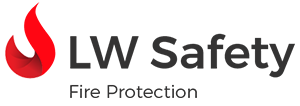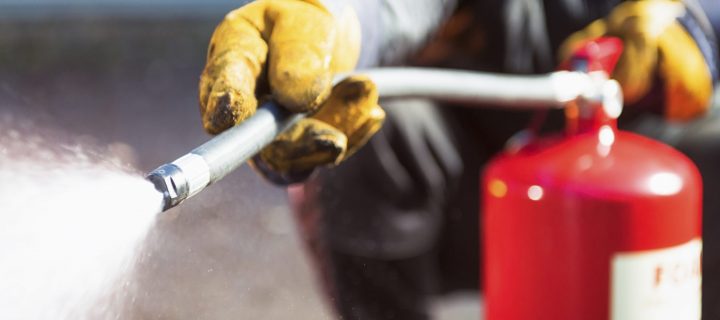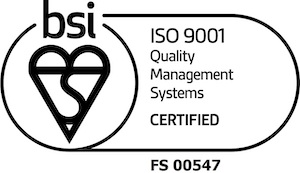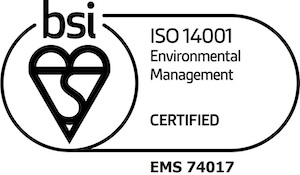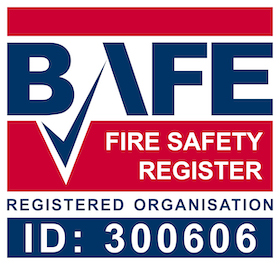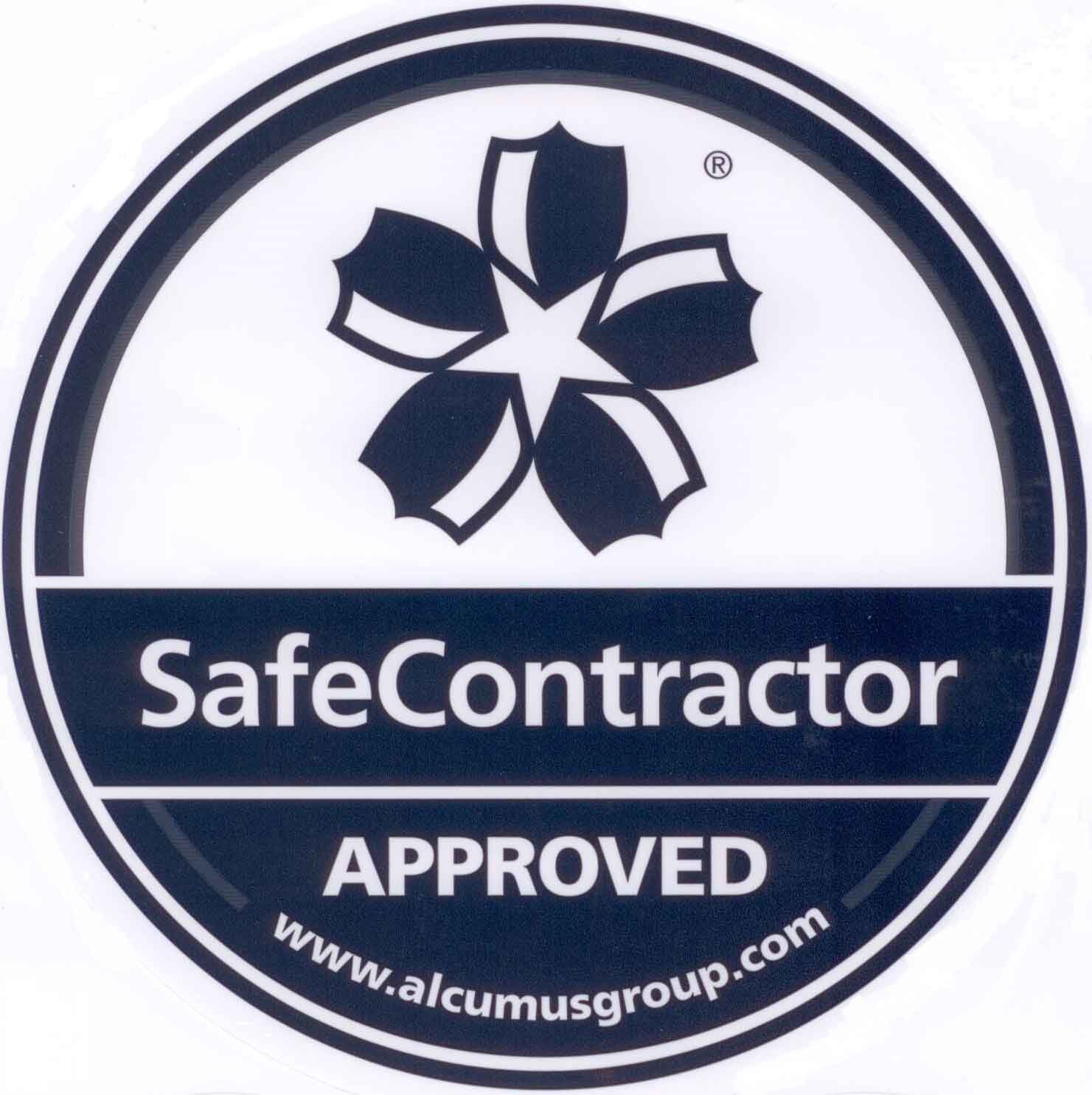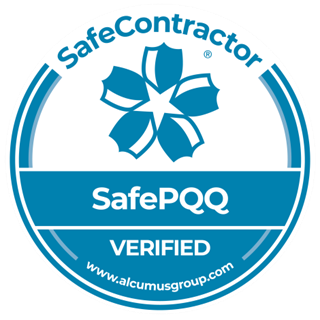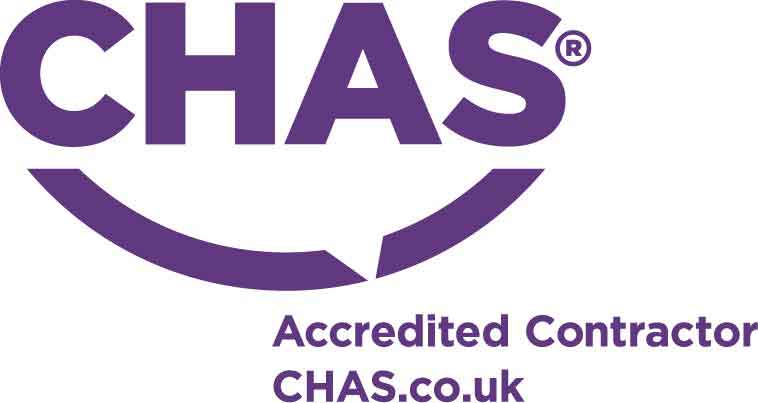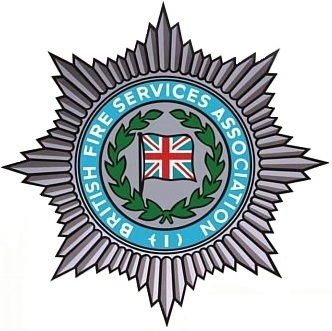What Does PASS Stand For in Fire Safety?
PASS is an acronym used in the fire safety industry to remind people of the four steps for using a fire extinguisher effectively. The letters stand for Pull, Aim, Squeeze and Sweep, and following the instructions laid out by this handy acronym can help to make sure that you use a fire extinguisher in the correct, most effective way when there is a fire.
Here at LW Safety, we want to share a breakdown of this technique to help you tackle a fire in the correct way. Familiarise yourself with each step and you’ll be ready should you ever be required to operate a fire extinguisher.
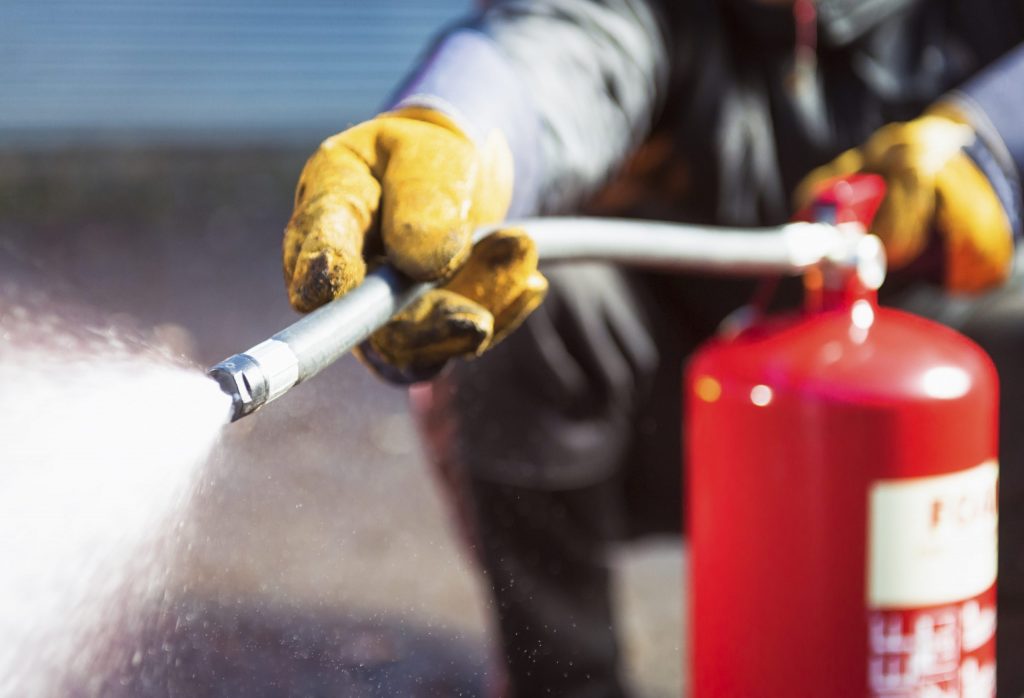
Step 1: Pull the safety pin
The first step in using a fire extinguisher is to Pull out the safety pin. This pin is normally located at the very top of the extinguisher on the handle, and is designed to prevent it from being pressed by accident. For example, someone leaning on the unit or resting a heavy object against it could trigger the extinguisher into use. Once the pin is removed, the extinguisher is ready to put into action.
Step 2: Aim the nozzle
The second step is to Aim the nozzle or horn of the extinguisher along the bottom of the flames. This is important, because it is the core of the reaction where the fuel is burning. This could be paper, textiles or any other form of fuel in the fire triangle. If the nozzle is not aimed at the base of the fire, the extinguisher’s agent may not effectively reach the fuel, and the fire may not be put out.
Step 3: Squeeze the handle
The third step is to Squeeze the handle of the extinguisher to release the extinguishing agent. The agent is typically a powder, foam, or liquid that is designed to smother and extinguish the fire. When squeezing the handle, it’s important to use a steady, even pressure to ensure a consistent release of the agent, allowing you to evenly cover the fire.
Step 4: Sweep the nozzle
The fourth and final step is to Sweep the nozzle of the extinguisher from side to side across the base of the flames. This helps you make sure that the entire area of the fire is covered with the extinguishing agent, and it also helps to keep the fire from reigniting. Fires may reignite without warning if there is still enough heat and fuel involved, so this step is important in helping you to snuff out that danger.
Please note that the PASS technique is applicable for most fires, except for oil and fat fires when you need to avoid splashing the liquid that has caught fire.
It’s important to keep in mind that fire extinguishers are only designed to put out small fires, and not to fight large fires or blazes that have got out of control. If a fire is too large or if it’s spreading quickly, it’s important to evacuate the building immediately and call the local fire brigade. And before using the fire extinguisher, ensure you are aware of the type of fire it is rated for (A, B, C, D, F or electrical), as using the wrong type could make the situation far worse, increasing the risk of injury. In some cases, using the wrong extinguisher type could unintentionally spread the fire.
For this reason, making sure your business or commercial premises are fitted with the right fire extinguishers to meet the risks unique to your space is a smart move. It’s also a good idea to choose an extinguisher that is appropriately sized for the space in which it will be used. A larger extinguisher will be more effective in a larger space, while a smaller extinguisher will be more appropriate for a smaller space.
You should carry out essential checks to ensure that the extinguisher is charged and ready for use, such as checking the pressure gauge regularly. Fire extinguisher maintenance is recommended for this reason, as it ensures your units have been professionally checked so that they’re ready for use in an emergency.
For a wide range of fire extinguisher types to help you mitigate the risks on your site, look no further than LW Safety. We provide foam, water, CO2, wet chemical and powder fire extinguishers and maintenance for those in Wembley, Harrow and Uxbridge.
Contact us today for a free quote or find out more about our fire extinguisher services.
